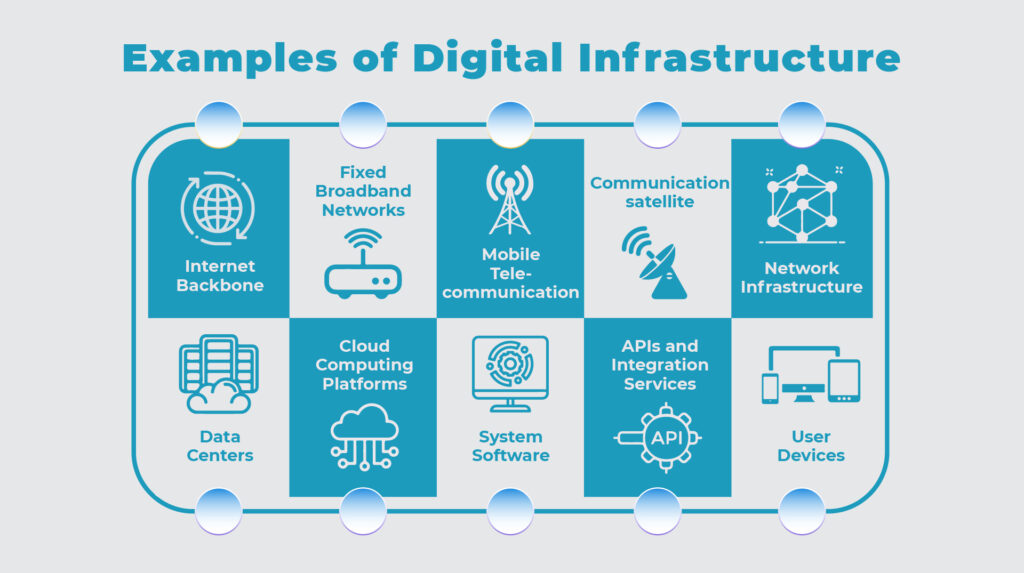As generations pass by, the world evolves and transforms in more ways than one can imagine. Digital technology has changed the way industries work and how consumers live their lives. It has changed the demand and supply relationship across business platforms.
Brick-and-mortar businesses have recently shifted to the digital platform and are trying to create a digital presence in the current marketplace. Consumers are also increasingly using the Internet and mobile apps to purchase products and services from clothes, furniture to even basic necessities like medicines and groceries. As you would have observed, big-box retailers like Target and Best Buy have stepped up their digital game in recent years in order to increase their customer base and also to improve efficiency. Amazon started as a completely digital business even before they moved into brick and mortar stores on a limited basis. If you as an entrepreneur wish to know more about creating a digital business and improving technical aspects of business, this article is for you.
‘‘
Digital infrastructure and digital platform modernization have become more of a necessity today than an option.
What Is Digital Infrastructure?
Digital infrastructure refers to the digital technologies that build the foundation for an organization’s information technology and operations. These are important for the information technology capabilities region, city or organization. They also enhance and contribute to the economy and quality of consumerism and life. Examples of digital infrastructure include:
Internet Backbone:
They are the principle data routes by which continents, nations and regions connect networks to form the internet. This includes communications cables and facilities that are used by tier 1 networks for interconnection.
Fixed Broadband Networks:
Networks that connect regions and cities with wired internet are called Fixed Broadband Networks. These include last-mile connections to homes, centers, facilities and infrastructure.
Mobile Telecommunications:
Cellular networks that provide wireless broadband internet and communication services.
Communications Satellite:
Satellites that provide network or information services across continents.
Network Infrastructure:
Other network infrastructures such as Wi-Fi networks, modems, etc. come under Network Infrastructure.
Data Centers:
Facilities that manage computing, data storage and network services.
Cloud Computing Platforms:
Platforms that offer computing, data storage and network services on-demand. These are used for developing, deploying and operating software services.
Systems Software:
It is primarily concerned with automation. It is not really used as a tool for users. Applications Software on the other hand is used by people including mobile apps.
APIs & Integration Services:
These services permit various platforms, systems and applications to work together and share information. It has become so popular in recent years that it is an indispensable part of the economy.
User Devices:
Devices such as mobile phones, laptops, IoT Robots, machines, sensors, facilities, fall under this category.

Why Is Digital Infrastructure Important to Your Business Overall?
Digital infrastructure and digital platform modernization have become more of a necessity today than an option. It helps a business become smarter whilst enabling the organisation to enhance the quality of experiences and production in order to meet customer demands and employee productivity. As we read earlier, consumers across the globe are switching to the internet like never before. They are becoming increasingly hyper-connected and catching up with the technological changes.
Everyone wants the latest thing on the market, everyone wants more of everything. If your business or venture cannot keep up with consumer demand, there will be another company that will step in to fill that gap.
Now is the best time to invest in infrastructure, security servers and cloud-computing platforms, before it’s too late and you get left behind while everyone else moves ahead. Research more on your digital infrastructure strategy and include micro-services and lightweight API-led application interfaces, etc to keep up with the latest trends in technology.
How can Modernizing Digital Infrastructure help improve business and add value for customers?
The crux of any entrepreneurship model is to provide solutions to certain problems of consumers such that it optimises consumer satisfaction as well as producer profits. Modernizing your ventures with the latest technology is one step towards achieving that optimisation. The digital infrastructure allows businesses to connect and share relevant data through responsive platforms and mobile apps thus increasing their customer base and sales. This also improves the user experience for your customers as they can avail services conveniently and easily without even stepping out from the comforts of their home. Employees also improve their productivity with improvement in technology as when labour is amalgamated with digital technology, it improves the efficiency of working. The digitalization helps increase engagement and interlinks consumers and producers making the market a more trustworthy landscape where proper relations are maintained.
‘‘
In the post-pandemic era where every business is going digital and online, these changes can have huge impacts and can metamorphose the entrepreneurial landscape.
Digital Infrastructure: Key to Success
The global economy has become an extremely competitive market place with indefinite opportunities for disruptions and it demands constant innovation. Digital infrastructural changes have transformed the IT industry and the way it impacts the business landscape.
The success of any venture now depends on a combination of user experience, appealing business models and rapid time-to-value. This requires fundamental changes in the role of IT and digitalization in the industry. With the introduction of innovations and disruptive business models, the IT estates are being remodeled constantly. Digital Infrastructure focuses on enabling business agility and powering user experiences that drive customer engagement and loyalty.
In a hypercompetitive world, business agility reflects the ability to rapidly respond to the changing needs of the business. The digitalization of any business should include rapid creation, building and deployment of new products and services. Digital Infrastructure should offer the business a consumer-grade experience, with easy discovery and click-to-consume services.
The recent acceleration in the development of cloud services is an exemplary example of digital change. Though cloud migration was developed to save costs, the reason why several new digital leaders are switching to cloud services is due to the levels of business agility required for rapid delivery of the recently found experience-focused services. The key role of digital infrastructure is to rapidly enable such services. Businesses tend to prioritize quick orchestration of new offerings that will leverage existing capabilities. The ability to both Orchestrate and Automate business services is gradually becoming the core and central function within Digital Infrastructure.
Continuous Delivery and DevOps are a part of digital infrastructural changes which focus on speed to value and provision, deployment and management of services at will. Gradually this is becoming the very crux of the Digital Infrastructure industry. The digital landscape focuses primarily on consumer experience, which is why delivery speed, efficiency, reliability, etc are becoming more important when it comes to the core functioning of businesses.

Conclusion
Organizations across industries are embracing the change in digital infrastructure as a means to solve complex business problems and to improve customer retention, marketing responses, fuel savings and quality defects. In the post-pandemic era where every business is going digital and online, these changes can have huge impacts and can metamorphose the entrepreneurial landscape.




